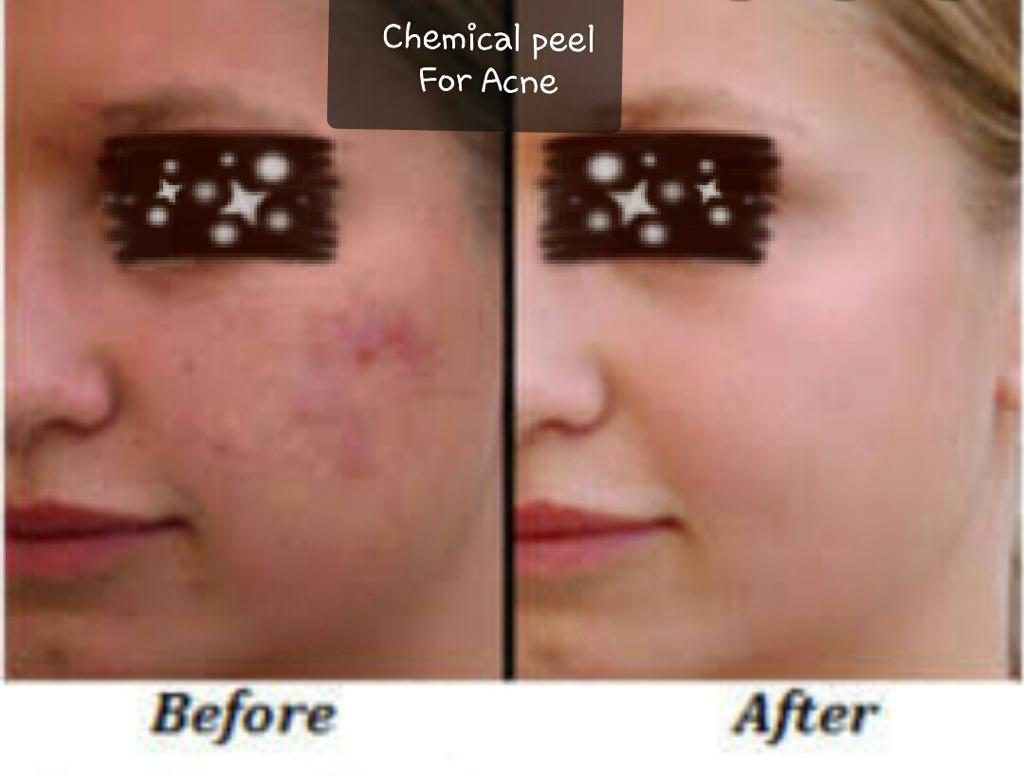(Glycolic, Beta and Alpha Hydroxy Acids)
Skin resurfacing through controlled chemical application:
Chemical Peels have been a mainstay of Dermatology for decades. Only in recent years have lasers attempted to replace these trusted and effective methods of resurfacing your skin. Dr. Shaila’s experience with both methods allows her to tailor a treatment regimen that precisely resolves skin surface irregularities and maintains smooth and luminous skin.
How do Chemical Peels work?
There are basically four major types of chemical peel solutions:
· Alpha Hydroxy (Glycolic Acid – other fruit and sugar based acids)
· Beta Hydroxy (Salicylic Acid)
· Cosmelan
· TCA (Trichloroacetic Acid)
Chemical peels work by “ungluing” the top layer of damaged and discolored skin so it can peel away and reveal the fresh new skin beneath. By forcing the turnover of the cells, the old dull and damaged cells peel off much more quickly.
Lighter superficial peels using Alpha Hydroxy acids such as Glycolic Acid can be very effective in a series of “no downtime” procedures. Your skin will have a light pink look and flaking or peeling may be unnoticeable. Superficial peels are ideal for improving pigmentation problems, fine wrinkles and sun damage. They can be used anywhere on the face and body.
Special peels containing salicylic acid (beta hydroxy acid) are especially effective for those suffering from acne and oily skin. Salicylic acid has the ability to penetrate the pores as it is soluble in oil. Great for unclogging pores and improving acne. All peels can be adjusted to your skin type and condition, making them extremely customizable.
What will a chemical peel feel like?
Doctor will first clean your skin of any oils. The chemical solution is either brushed on or applied with a pad. You may feel a slight stinging as the peel solution penetrates your skin.
Once removed, your skin will be moisturized and you will be advised to wear a sunscreen. Your skin will feel tight and will look rosy for a few hours to several days. Your chemical peel will cause some flaking and peeling.



